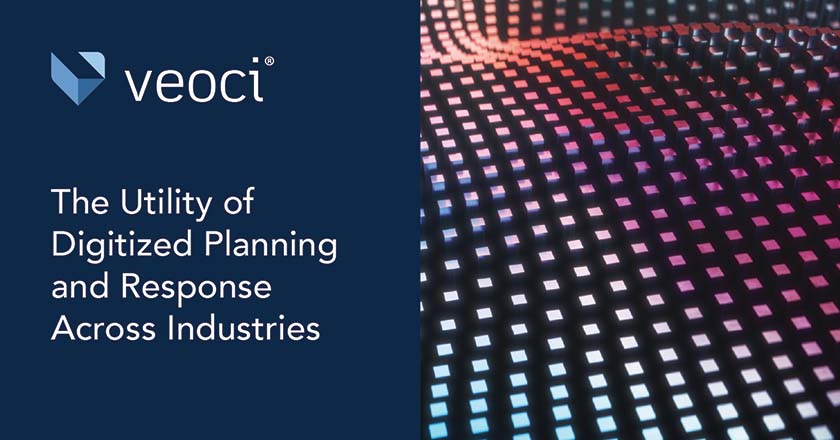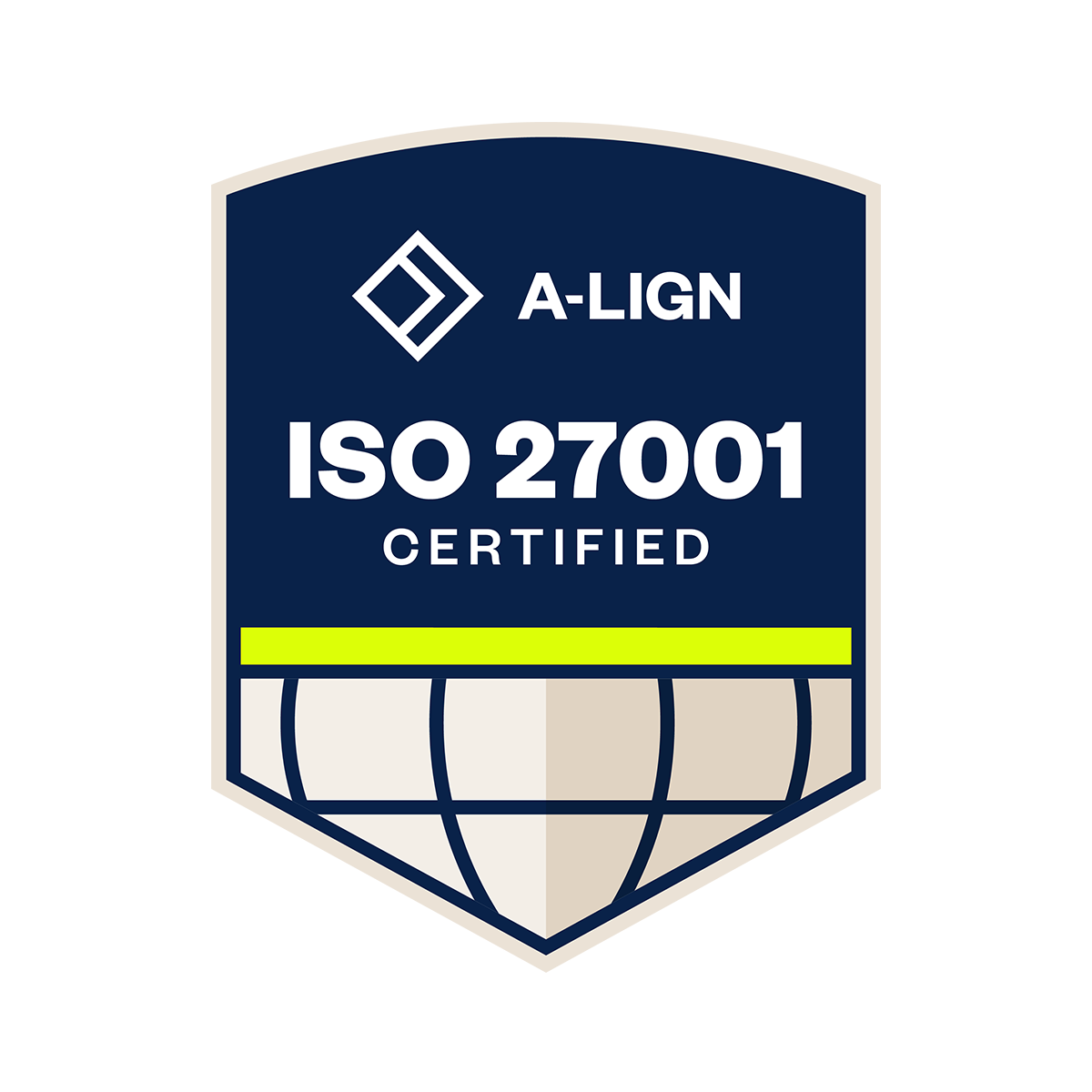Emergency management, as we have discussed previously, takes a different shape depending on the industry. Government and private businesses keep distinct goals when an emergency strikes. These separate goals reshape traditionally presenting plans; after so many iterations, the practice in each sector became its own thing.
These differences can’t cancel out certain similarities, however. Any organization can benefit from digitization during emergencies. Whether your organization is a municipality, a university, or a private business, its emergency operations can become more efficient through digitization.
Exercises Have Impact
Exercises and drills are important in every industry. Nationwide guidelines and tabletop exercises help ensure practitioners and their programs are prepared for an event. Digital platforms are a strong asset for practice-centered operations, as platforms offer the opportunity to run drills, practice responses, and create useful corrective actions.
Most platforms store data generated from exercises and drills: how progression of events, involved stakeholders, notification recipients, and the speed of the response. Platforms can also organize data seamlessly, cutting the need to analyze paper forms and documents. This streamlines gap analysis and provides a clear picture of what worked, what didn’t, what stakeholders to loop in for future responses, necessary contact sheets additions, and more.
Drills and exercises can often take a backseat to the normal, day-to-day operations of a team. Digital platforms can also schedule reminders to engage in drills. Reminders not only keep your team sharp and practicing, but keep regulation-mandated drills front-of-mind, ensuring that your organization’s emergency preparedness complies with the latest best practices and laws.
Any exercises and drills can also be tailored to your industry and organization’s specific needs. A government agency can test contacting partner jurisdictions in the case of a hurricane for mutual aid; a business can practice recovering data and information following a cyberattack. Practice makes responses more effective by building muscle memory, and digital platforms allow organizations to explore a complex web of scenarios.
Virtual Responses and After-action Reporting
The utility of digital platforms shows when disasters actually strike. Practitioners can use the same pathways used during practice and exercises: contacting the correct parties quickly, assign tasks, tracking actions and communications, or kickstart a special operation like an evacuation. If the response lead or other personnel are unavailable, a team can still access plans and data, the team’s ability to respond will be unaffected by their absence.
Responses will look different across industries just as exercises and drills did, primarily because each industry’s response is catered to a different population. A private business may need to find a backup facility to work or perform an evacuation. For a university, whose students are dependent on it for food, shelter, and other basic necessities, will need to coordinate different, unique operations to serve its students’ needs. Digitizing processes can easily be tailored to an industry, ready-made to respond to the emergencies that affect that specific region, business need, or population.
After-action reporting (AARs) should follow any incident, regardless of the industry. These reports expose the success and failures of a particular response and provide the room for improvement. Without digitization, practitioners have to track down basic response information and records and retrace events. Manual AARs can overlook essential response information; a digital program captures response data as events happen, leaving little behind a curtain in the hot wash following an incident. Practitioners can roll response information into reports, visualize data, and break down the barriers that prevent plans from developing into comprehensive tools for emergencies.
Moving Towards Digitization
Just as each industry has its own distinct history with EM, they will also have their own respective emergency management program needs. Flexibility and customization address these disparities head-on. Planning and response platforms, like Veoci, give each industry the limber tool they need to shape out an asset. Digitized operations are how practitioners can keep their program versatile and capable of tackling the unique problems that surface.








